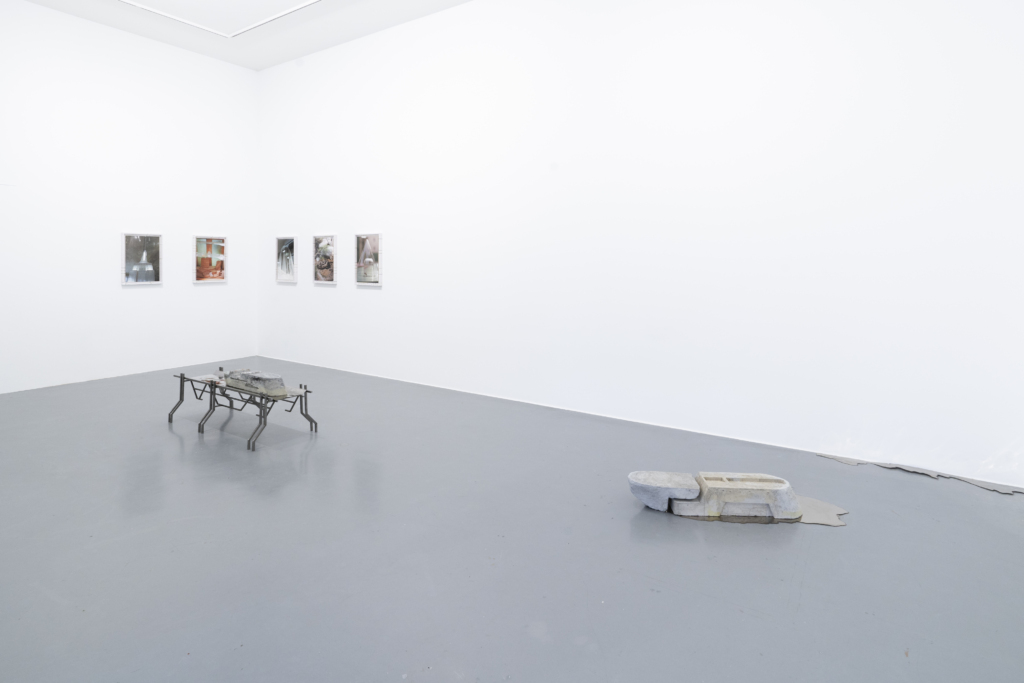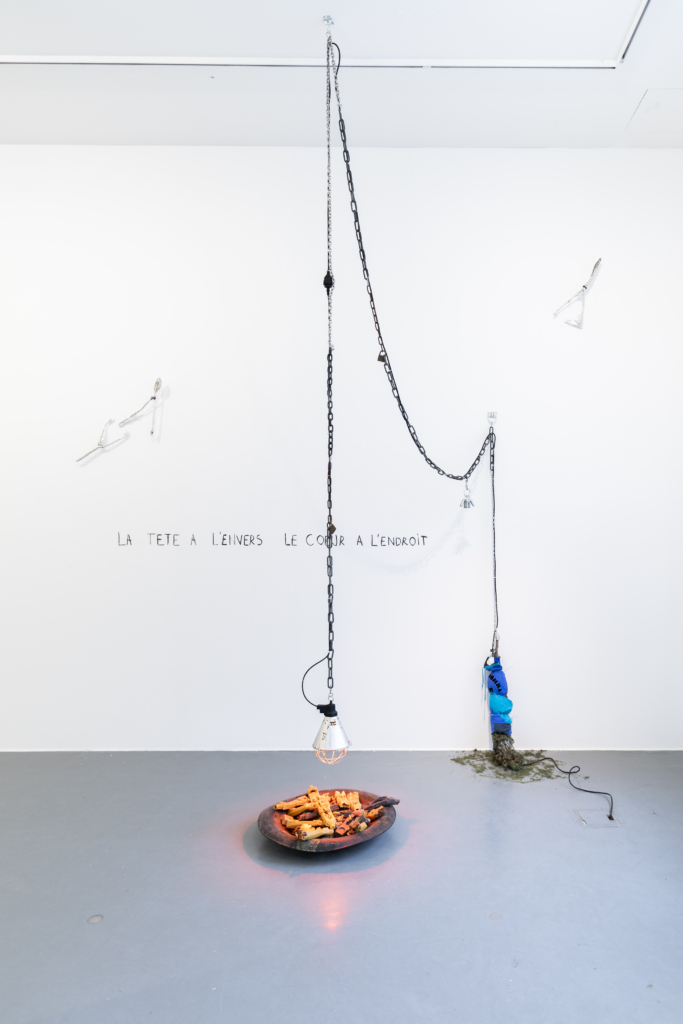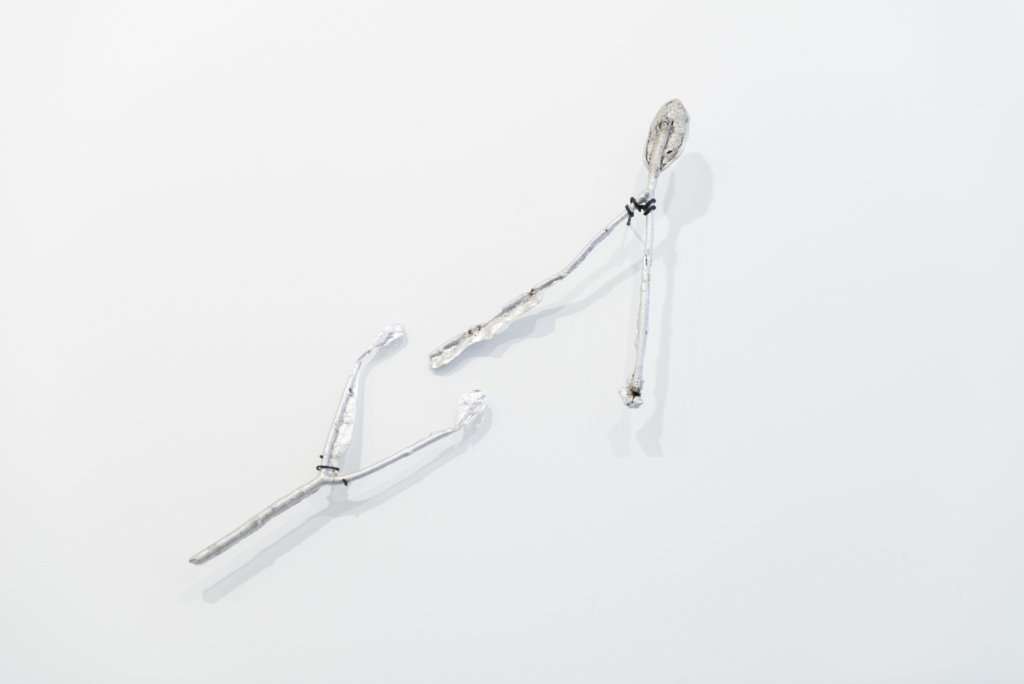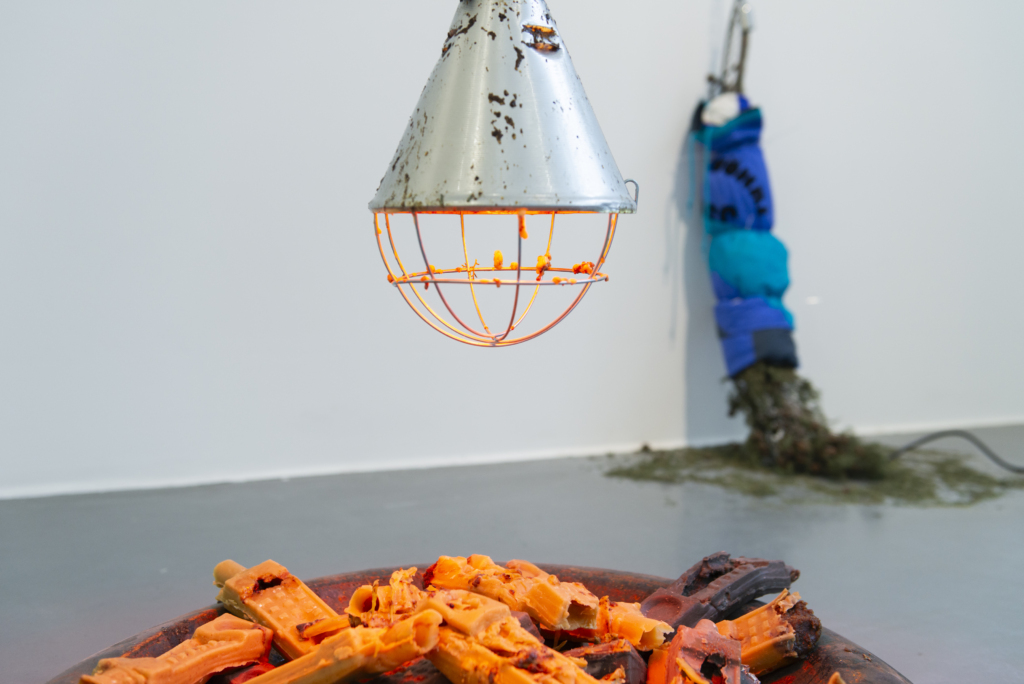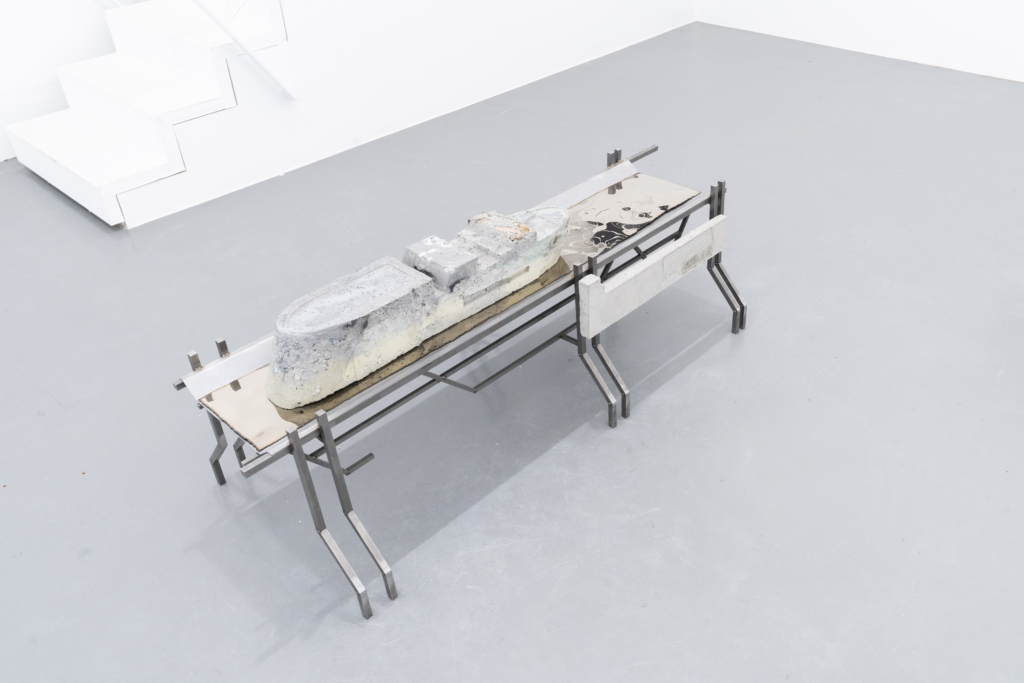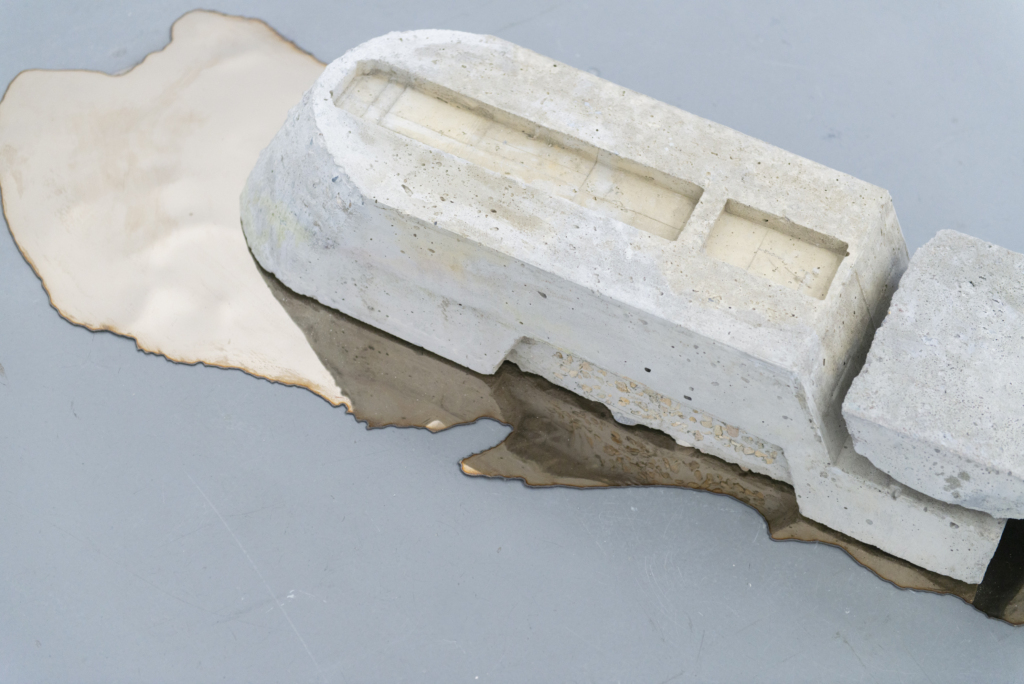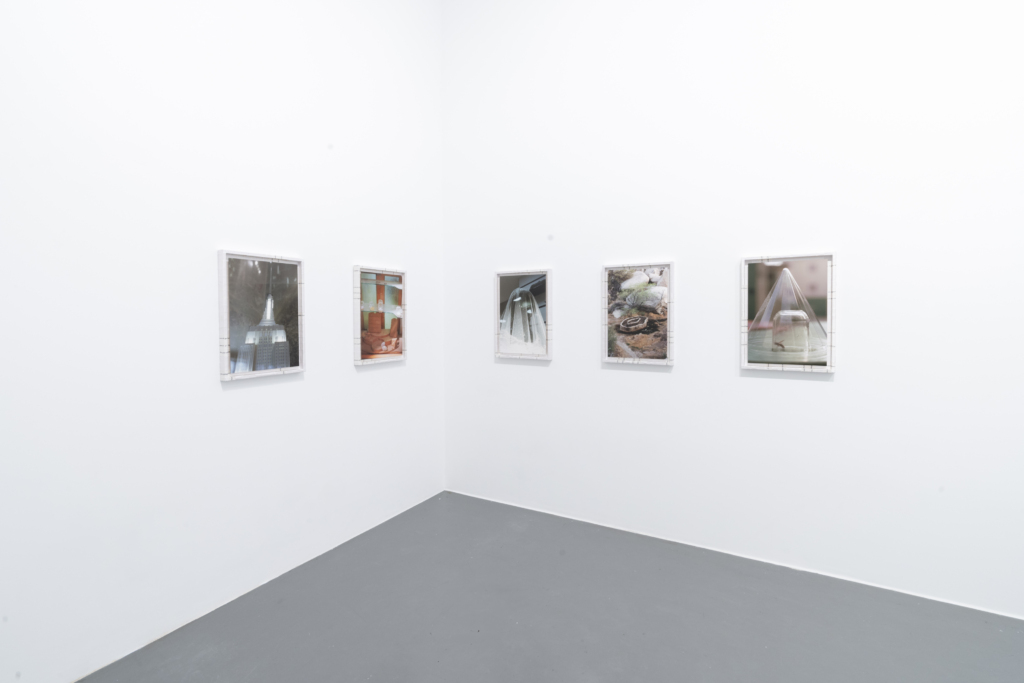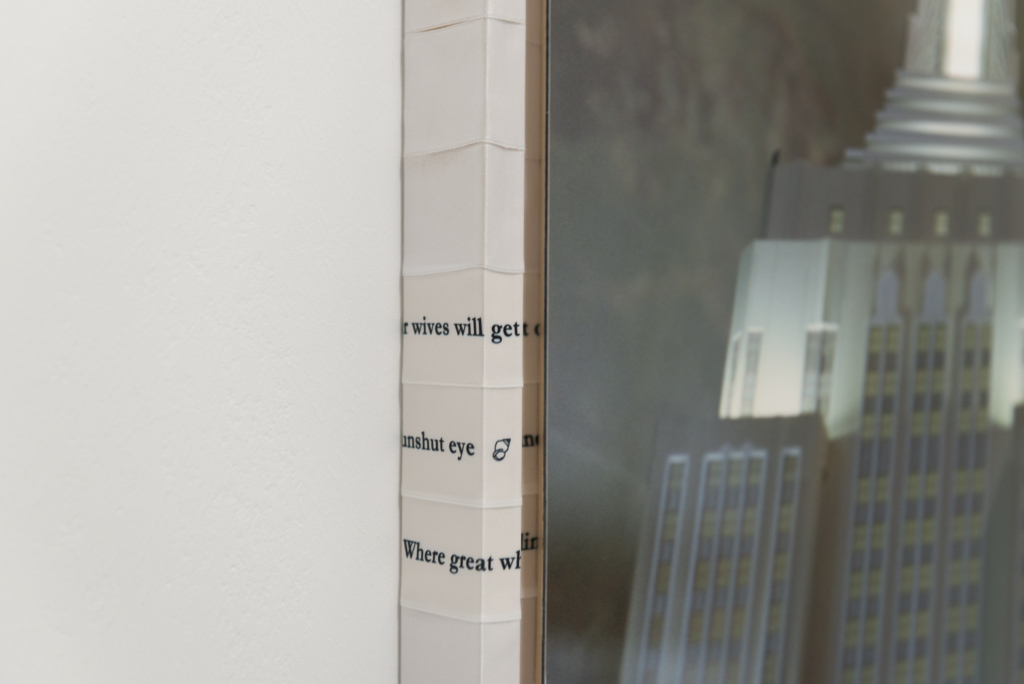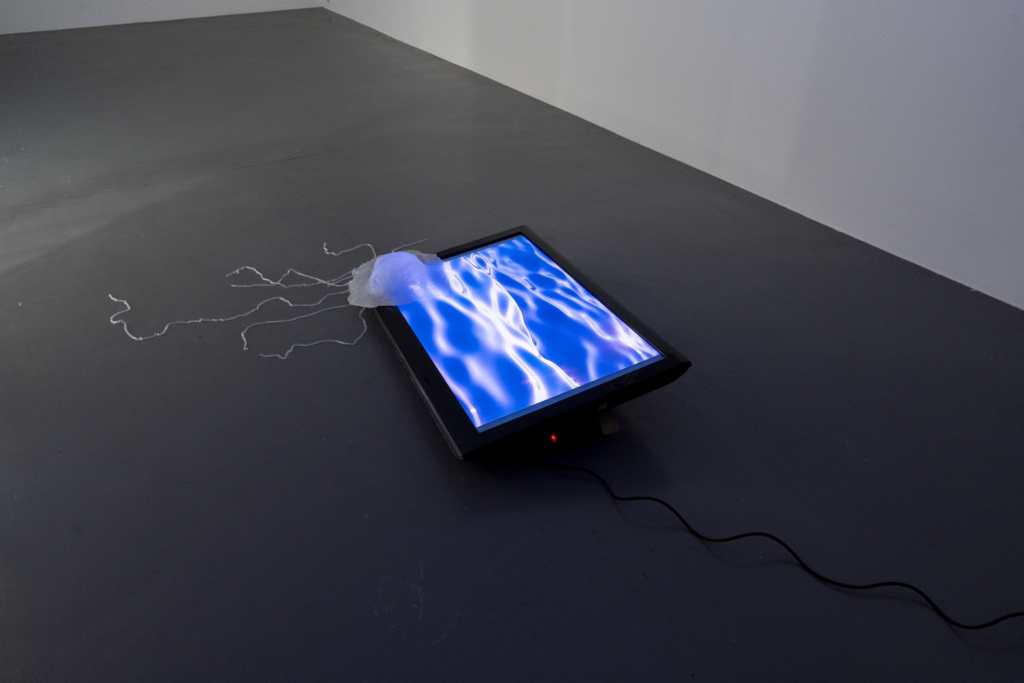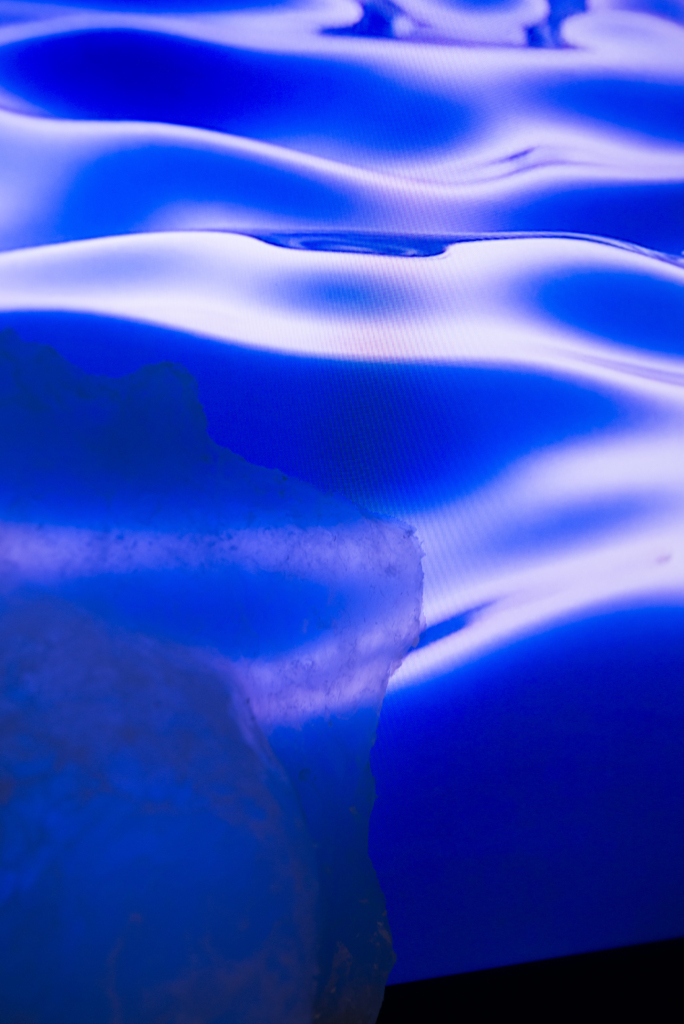Hoël Duret, Marta Dyachenko, Ben Saint-Maxent & Sophie T. Lvoff
IT MUST BE A STORY PIECED TOGETHER FROM MANY SOURCES
Most of us know the sea and the lake from swimming or spending time on the shore. In “The Sea Around Us” (1951), Rachel Carson wrote: “To stand at the edge of the sea and feel the ebb and flow of the tides is to gain knowledge of things that are as eternal as earthly life can be.” There is something fascinating about vast expanses of water; they convey a sense of strangeness and yet are connected to what was and what will be.
An ocean, then, must be a story pieced together from many sources – containing entire chapters whose details we can only guess at. In The Sea Around Us, Rachel Carson tells of the teeming life in the upper layers of the sea, of icy, black depths, of immense forces expressed in tides and currents, of towering underwater mountains and desolate abysses. This early work by the American marine biologist recounts the strange and fascinating story of the seas – how they came into being and how life on Earth emerged from them. For the formation of the oceans was not visible to the human eye. When they first appeared, some two billion years ago, there was no one to witness or document their beginning. In an unusually lyrical language, the scientist describes a world beneath a mysterious surface – a body of water that unfolds as a realm of unimaginable possibilities, as a process that lies beyond human control. In the traveling exhibition IT MUST BE A STORY PIECED TOGETHER FROM MANY SOURCES, opening in February 2025 at Kunstverein Friedrichshafen and continuing in October 2025 at Passerelle Centre d’art contemporain in Brest, two port cities pose a shared question: what happens when artistic practice moves from one place to another? How do multiple internationally active artists work dialogically on a shared theme? And how does their research evolve when different perspectives meet and collide? What happens to the resulting artworks – works that grow and unfold in diverse ways – when they are moved, when they change location and provoke new encounters?
To explore these questions, Kunstverein Friedrichshafen, Passerelle Centre d’art contemporain, and curator Tristan Deschamps have invited four artists to engage with the theme of harbors and water. Large bodies of water possess a captivating quality – evoking a sense of otherness while their tides simultaneously connect us to what has been and what is yet to come. There is also a fascinating geophysical link between water sources and the oceans: to understand springs as origins – emerging from mountaintops or valleys, carving their paths toward the coast and flowing into the sea – is to recognize the interconnectedness of all things. This association suggests a kind of surrender to something greater, a willingness to change – and ultimately, the transformation of freshwater into saltwater.
With this exhibition, Kunstverein Friedrichshafen, Passerelle Centre d’art contemporain and curator Tristan Deschamp have invited 4 artists, whose collaboration will grow and change.
Hoël Duret is a French artist based in Paris. Duret’s work uses a variety of media, including video, sculpture, installation, performance and painting, and seizes on digital tools and their already-disappointed utopias, focusing less on their exponential performance than on their narrative and aesthetic potential.
Marta Dyachenko studied architecture and fine arts with a focus on sculpture at the Berlin University of the Arts. In her artistic practice, Dyachenko uses models as a tool to combine fiction with reality. She often links model-like sculptures with objects to form an installation in space. Whether these speculative landscapes depict failed attempts or future possibilities remains unclear.
Ben Saint-Maxent’s work is first and foremost the sensitive manifestation of a relationship with the world. Above and beyond the techniques and media he uses, what seems to unify his work as a unit is his extreme connection to his time, his awareness of the collapse that is taking place, and his desire, as vital as it is desperate, to grab hold of what remains of beauty.
Sophie T. Lvoff was born in New York in 1986. She was educated in the States between New York and New Orleans, and relocated to France permanently in 2017. Her work weaves together photographs and text, and she also has a curatorial practice. Lvoff currently lives and works in Marseille with her family.
It must be a story pieced together from many sources is a Cooperation of Kunstverein Friedrichshafen and CAC Passerelle. Curated by Tristan Deschamps, Loïc Le Gall and Marlene A. Schenk, with works by Hoël Duret, Marta Dyachenko, Ben Saint-Maxent & Sophie T. Lvoff.
Within the frame of Fonds PERSPEKTIVE für zeitgenössische Kunst & Architektur des Büros für Bildende Kunst des Institut français Deutschland, funded by französische Kulturministerium, Institut français Paris and Goethe-Institut.

